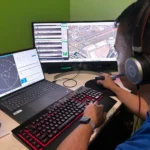The hidden costs of simulator ownership: A tech-driven path to cost efficiency

Jonny Cooke
Head of Products
The use of advanced air traffic control simulation solutions in the air traffic management industry is critical for maintaining safety, efficiency and proficiency for air traffic controllers globally.
With the continuing challenges our industry faces in attracting, selecting and training air traffic controllers, we know that ATC simulation plays a crucial part in ensuring that our ATCs gain the real-world training they need – whether to gain a rating, to validate and refresh, or to undertake emergency scenario training.
Air navigation service providers (ANSPs) and training organisations are embracing technology more than ever. A simulator procurement however is no small investment. It involves a considerable amount of planning, requirements building and solution analysis before the implementation even begins. At which point there may be civil works, networking, installation, commissioning and training before go-live.
Then come the ongoing costs such as software licences, technical support and maintenance, simulator specialists, pseudo pilots and ATC instructors. Planning for these can be a significant challenge – one that ANSPs need to consider carefully before making an initial investment. In the last issue of ASCENT, I wrote about the Simulation as a Service model as one avenue to bringing in training cost efficiencies for an ANSP. The key questions are: is investing in your own simulation solution a worthwhile investment over time? What does it involve? And, what are the hidden costs that you may not have considered?
In this article we explore the various cost components involved in ATC simulation, and the technological advancements now in play in ATC simulation that can help to mitigate these expenses.

Understanding the cost components
There may be several hidden costs with some simulator solutions on the market, which might only become apparent once you begin using your new sim. If these costs are not considered or anticipated during procurement, the impacts can be significant and long-lasting. These costs include (but are not limited to):
Hardware
Here I’m referring to the costs associated with the expected life of the hardware. Understanding the hardware components, the expected life of the components and the operating parameters, as well as the efficiency of the simulator software, will help you to understand how frequently the hardware will need to be replaced.
Software licensing fees
There’s the obvious cost of the simulator solution itself. However, the possible hidden cost is if your deployed solution is leveraging third party solutions. It’s common for such costs to be absorbed under the overall licence fee, however this isn’t always the case. We recommend that you include a requirement for transparency around how third-party tools and licences are leveraged.
Software support & maintenance
It’s common to see support and maintenance services included as part of the simulator software licence, due to the increasing amount of cloud-based technologies being leveraged in ATC simulators. In some situations, you can opt out of ongoing supplier support and maintenance – however, this is where the potential hidden costs lie with some solutions.
What might appear as a short-term cost saving can quickly turn into significant time and expense to maintain a solution, and there are also risks due to opting out of software updates. My recommendation is to always budget for ongoing supplier sim support, as we provide with TotalControl. Air traffic services technologies are always changing – your sim needs to keep pace.
Simulator customisation
This is the first of what I consider the three most impactful aspects of simulator cost of ownership. How configurable is the solution? Can you modify on your own? How often will you need to go back to your supplier to make changes to aspects such as aerodrome layouts, airspace updates, surveillance display setting, equipment panel changes, simulator template and configuration changes?
Understanding the breadth of changes and customisation is incredibly important when assessing the lifetime ownership costs of your sim. It also affects how much use you can gain from it without another scope of work with the supplier.
Scenario creation
The next most impactful item relates to an activity you will spend significant time on when using your sim – creating training scenarios. The time it can take to create a single training scenario differs greatly between simulator solutions – from a few hours to 5+ days. Understanding the tools provided to create scenarios and how they work is important during procurement.
Pseudo pilot resource
Employing skilled simulator pilots to operate simulators is the third significant cost factor and arguably the biggest expense for ANSPs in simulator operations.
These professionals require specialised training and certification. The operational costs associated with running simulation sessions are also ongoing expenses that ANSPs must manage.
It’s important to understand how many pilots are required to train for a particular scenario, and the time it takes to train a new pseudo pilot.
If simulator A requires three pilots to sufficiently train for a scenario, and simulator B requires only two, that’s a 50% cost difference.
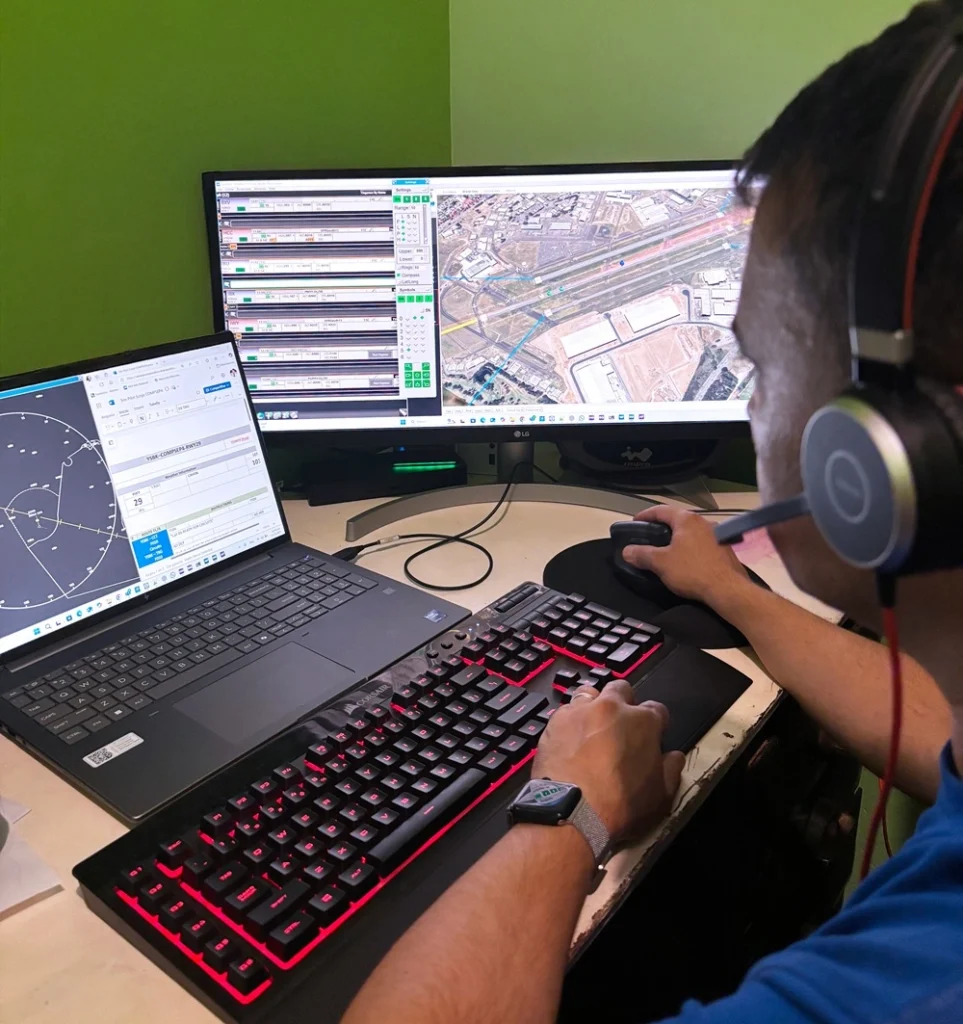
Technological advancements – a path to cost efficiency
Innovative technologies are emerging that can significantly reduce the financial burden associated with ATC simulation. By embracing these advancements, ANSPs can optimise their simulator investment, reduce ongoing costs and enhance operational efficiency.
Here at Airways International we’re putting significant focus on the three most impactful aspects I mentioned above – simulator customisation, scenario creation and pseudo pilot resource.
Here we explore some of the innovations transforming the landscape of ATC simulation, and what we’re working on in TotalControl to help drive a sustainable path to cost efficiency.
Digital tools enabling flexible simulator operations
As I mentioned in my previous ASCENT article, we have made significant investment to enable not only remote, cloud-based simulator training, but also the remote deployment and ongoing management of a dispersed simulator fleet. This capability opened the door for customers to explore adding simulator capability to their organisation via a services type agreement. We continue to evolve our cloud-based tools, learning from real world pain points and recommendations from our customers. Recent developments include:
- Fully digitised Periodic Training Report linked to live simulator analytics – enabling consistent and objective OJT training assessments
- A refresh of our fleet management tools, enabling more control and support of remote simulators
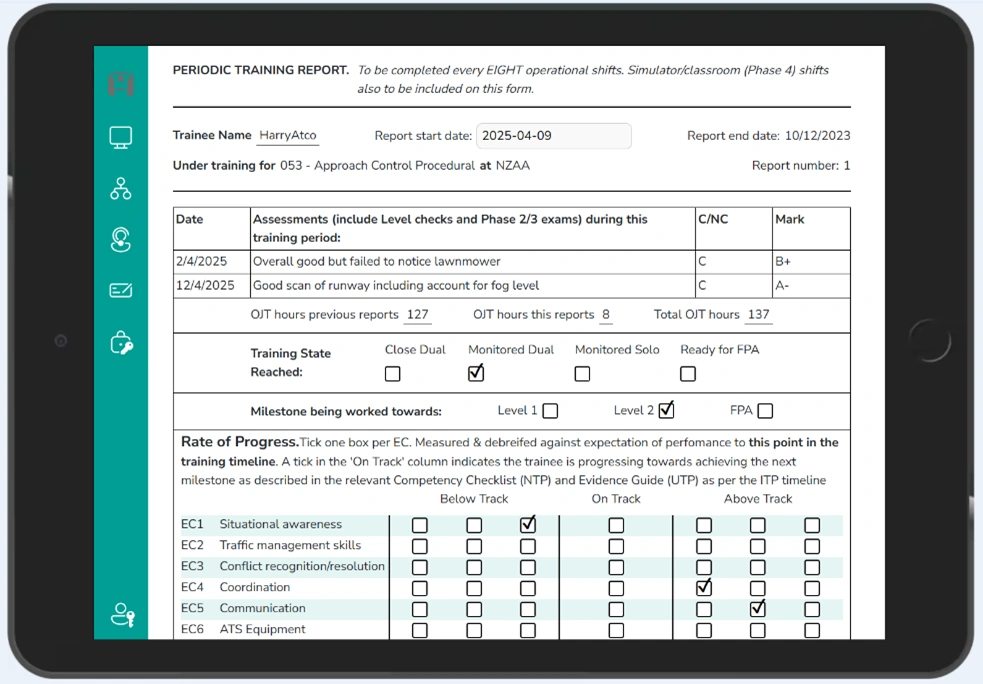
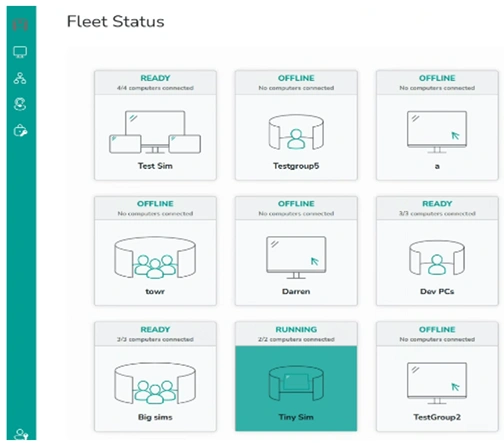
Large Language Models are changing the game
In a safety focused environment such as ATC, the simulator is the perfect playground to start exploring the potential of AI and large language models.
Airways sees significant scope in this space, with working prototypes that will change the way we think about simulator piloting and scenario preparation/generation.

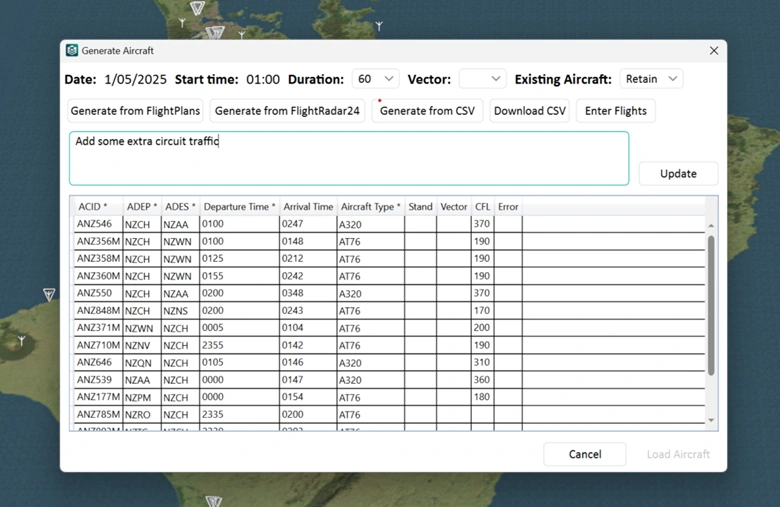
What does the future look like?
When we think about the costs associated with owning a simulator, the future is bright:
- Technology is getting more powerful, portable and affordable. Virtual reality has the potential to do away with the traditional Tower CAB.
- AI gets better and better, opening the doors to AI assisted pseudo pilots and sim controllers, dynamic/automatic scenario generation and candidate success predictability.
- Simulator fidelity is at a point where sim only ratings are becoming a reality (resulting in cost savings in OJT).
I hope some of my advice in this article is useful in your journey to acquiring and getting the most out of your next simulator.

